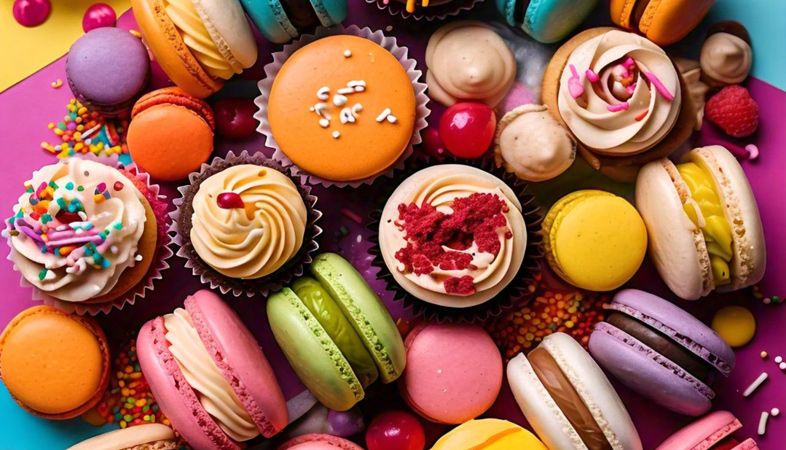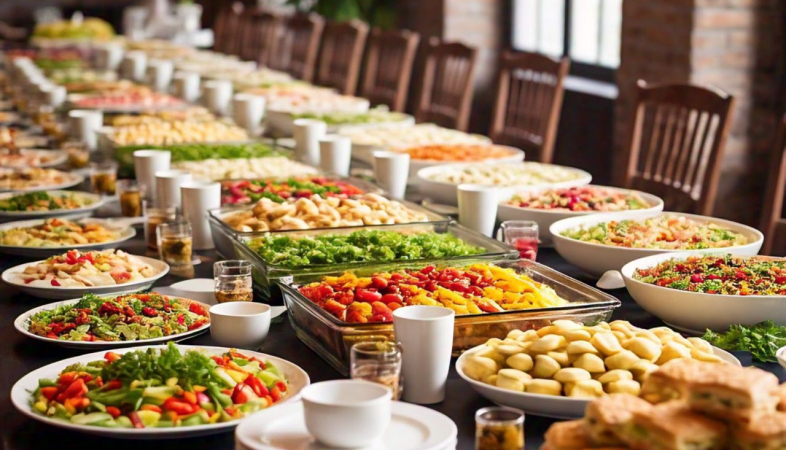SHARE
Commercials
More Posts
Apr 08, 2025
Schezwan Chicken Gravy Momos - By Chef Rohit Anand
Mar 19, 2025
Avo Orange Salad - By Chef Pradnyavant Madhale
Jan 29, 2025
Sumit Kumar Joins Radisson Blu as Restaurant Manager
Apr 08, 2025
Schezwan Chicken Gravy Momos - By Chef Rohit Anand
Mar 19, 2025
Avo Orange Salad - By Chef Pradnyavant Madhale
Jan 29, 2025
Sumit Kumar Joins Radisson Blu as Restaurant Manager
Apr 08, 2025
.png)




























